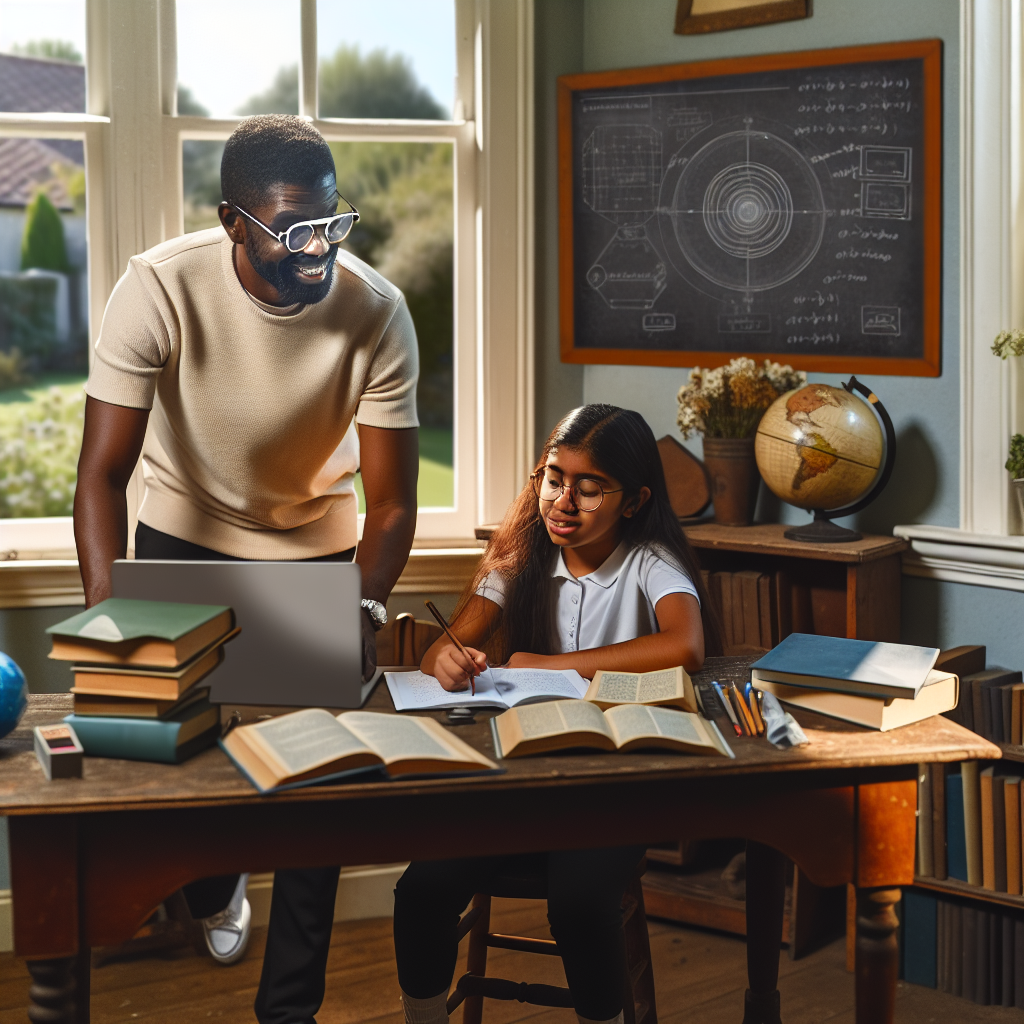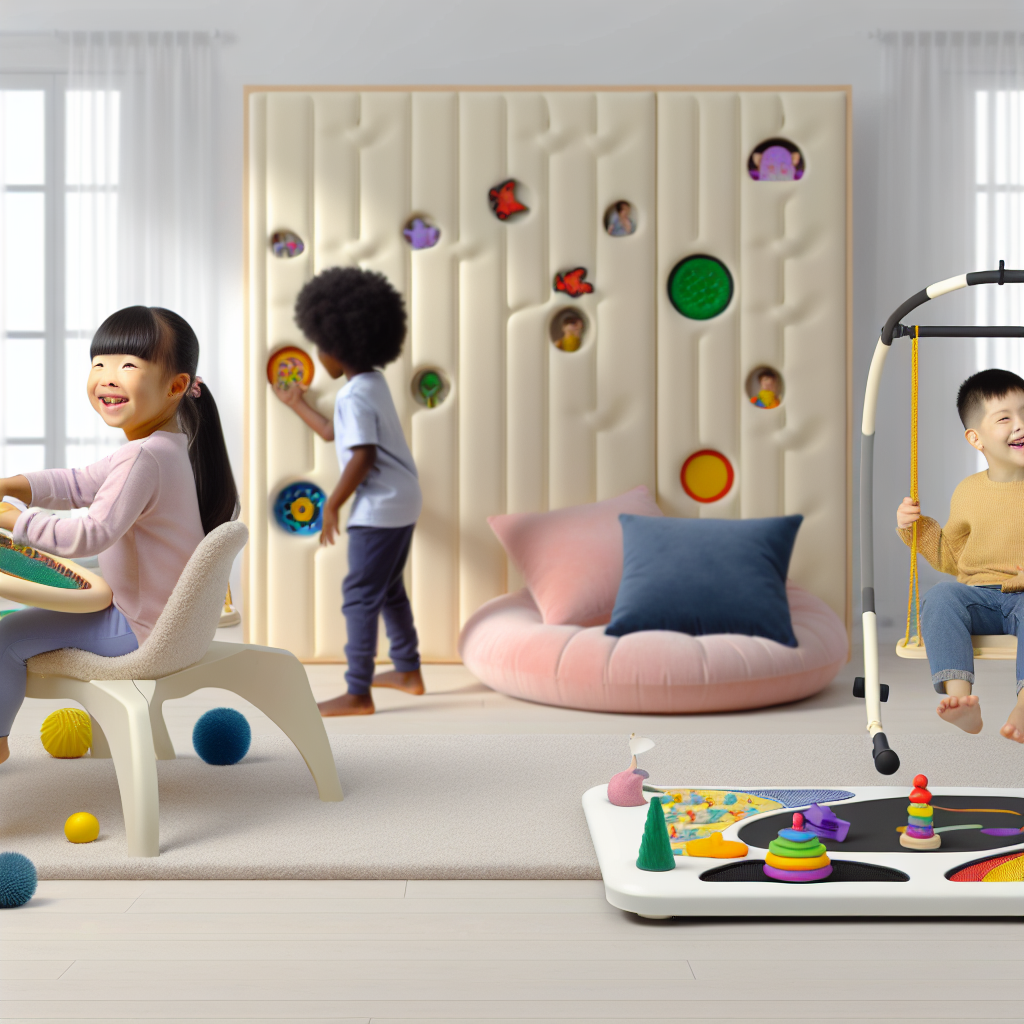The Need for Alternative Assessment in Modern Education
Education has long been heralded as the foundation of societal progress, yet its methods of evaluating students have often lagged behind. Traditional assessments, while standardized and measurable, may inadvertently sideline students who think and learn differently. Consider a dyslexic student excelling in art but struggling with written exams—traditional testing may fail to recognize their strengths. As society becomes increasingly diverse, there is a critical need to rethink assessment strategies to ensure inclusivity. Alternative assessments emerge as a powerful solution, enabling educators to evaluate students in ways that resonate with their unique talents and learning styles. This shift not only acknowledges but celebrates diversity in classrooms. By adopting innovative assessment methods, educators can nurture creativity, critical thinking, and problem-solving skills essential for success in the 21st century.
Exploring Alternative Assessment Techniques
Performance-Based Approaches
Creative Projects and Simulations: Students bring theories to life through creative expression. For example, building a model of a sustainable city combines knowledge from geography, science, and social studies. Darling-Hammond et al. (2014) found that such tasks enhance problem-solving abilities and engagement.
Role-Playing Activities: Engaging in scenarios like courtroom trials or mock debates helps students understand complex systems while honing critical thinking. Research by Kolb (1984) highlights that experiential learning deepens understanding and retention.
Portfolios: Comprehensive portfolios allow learners to present their academic journeys. Studies indicate that portfolios promote self-reflection and critical evaluation of personal growth (Barrett, 2007).
Peer and Self-Evaluation
Collaborative Learning Through Feedback: When peers review each other’s work, they develop empathy and a deeper grasp of subject matter. Topping (1998) demonstrated that peer assessment enhances both academic performance and social skills.
Journaling for Growth: Reflection journals encourage students to analyze their learning processes. Research suggests that journaling improves problem-solving and self-regulation skills, fostering lifelong learning habits (Moon, 1999).
Authentic Learning Opportunities
Community Service Projects: Real-world applications like planning urban gardens foster practical skills and a sense of social responsibility. Service-based learning, as highlighted by Wiggins and McTighe (2005), helps students connect theoretical knowledge with tangible outcomes.
Interdisciplinary Activities: Merging disciplines, such as coding an app for historical research, enhances creative problem-solving abilities. The integration of STEM and humanities in project-based learning has been shown to improve critical thinking and collaboration (Beers, 2011).
Technological Innovations
Adaptive Assessments: Digital tools provide tailored challenges, adapting questions to individual levels of competence. Studies by Means et al. (2010) suggest that technology-enhanced assessments improve both accessibility and engagement.
Virtual Labs and Gamified Assessments: These foster active learning, especially in STEM education, where hands-on experimentation is crucial. Gamification has been shown to increase motivation and understanding in subjects like mathematics and science (Deterding et al., 2011).
Conclusion
The era of alternative assessments represents a promising evolution in education. By tailoring evaluations to diverse needs, educators can inspire confidence, curiosity, and resilience among students. These methods not only provide a more accurate reflection of a student’s abilities but also prepare them for real-world challenges. As evidence grows for these inclusive assessment strategies, their widespread adoption promises not only equitable education but a brighter, more innovative future. By embracing a variety of assessment techniques, educators can create an environment where all learners thrive, contributing to a society rich in creativity and critical thinking.
References
Barrett, H. C. (2007). Researching Electronic Portfolios and Learner Engagement: The REFLECT Initiative. Journal of Adolescent & Adult Literacy, 50(6), 436–449.
Beers, S. Z. (2011). 21st Century Skills: Preparing Students for THEIR Future. Solutions Tree Press.
Darling-Hammond, L., et al. (2014). Next Generation Assessment: Moving Beyond the Bubble Test to Support 21st Century Learning. Jossey-Bass.
Deterding, S., et al. (2011). Gamification: Toward a Definition. CHI 2011 Gamification Workshop Proceedings.
Kolb, D. A. (1984). Experiential Learning: Experience as the Source of Learning and Development. Prentice Hall.
Means, B., et al. (2010). Evaluation of Evidence-Based Practices in Online Learning: A Meta-Analysis and Review of Online Learning Studies. U.S. Department of Education.
Moon, J. A. (1999). Learning Journals: A Handbook for Academics, Students, and Professional Development. Routledge.
Topping, K. J. (1998). Peer Assessment Between Students in Colleges and Universities. Review of Educational Research, 68(3), 249–276.
Wiggins, G., & McTighe, J. (2005). Understanding by Design. ASCD.





